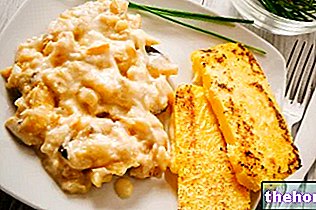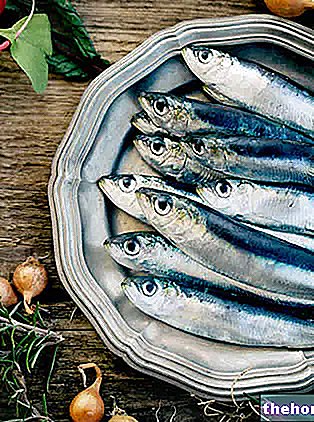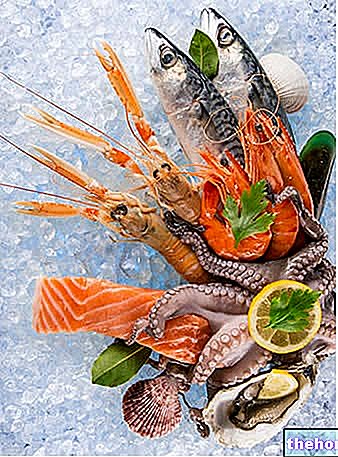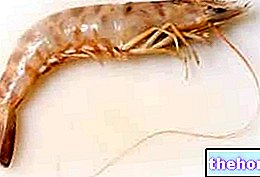The meat of the grouper is also rich in omega 3 fatty acids and iodine, but it is not a sustainable nutritional source of these nutrients for the population - a role instead attributable to poor fish. It is quite digestible and has few contraindications even in clinical nutrition.
In the kitchen, grouper is essentially prepared stewed and baked, although there is no lack of raw food enthusiasts - which, on the other hand, requires a rather thin cut of the meat (given the compactness of its fibers).
Actually, there are various types of grouper; these fish, biologically differentiated from each other, are morphologically quite similar and, for practical purposes, are marketed under the same name. The various groupers, in fact, all fall within the biological family Serranidae - commonly called "serranidae" - and the Epinephelinae subfamily.
On the other hand, groupers populate the seas all over the world, dividing themselves into numerous genera and species with remarkably different characteristics. Those widespread in the Italian seas are of the Genus Epinephelus (brown grouper, golden grouper, white grouper).




























